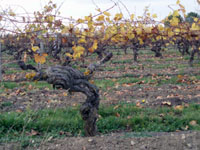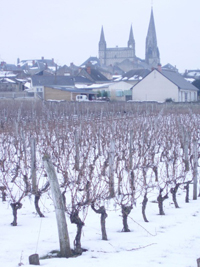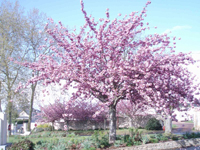Background - Climate
The River Loire is the longest and most regal river in France being 1,012 kilometres (629 miles) long. It is an important factor in the region’s climate, carrying the moderating influence of the Atlantic Ocean inland, creating a relatively mild, temperate maritime climate with no extremes in temperatures. This means you will usually find long warm summers, mellow autumns and shorter, milder winters here. In recent years, there have been marked changes to the traditional climatic patterns usually seen in this area, as described below, with grape harvests starting some ten days earlier than they did twenty years ago.

In summer, the average daytime temperature highs range from the low 20s°C in June to the high 20s°C in July and August, with lots of sunshine, (between seven and eight hours per day) and low rainfall levels. The maximum temperatures over this period tend to be in the high 30s°C.

Autumn sees average daytime temperature highs ranging between the low 20s°C in September down to 11°C in November. In October there is often a pleasant temperature for walking or cycling although there may be some light showers.

In winter, it tends to be cooler and damper with drizzle on around half of the days in each month. In January, the coldest month of the year, there is a daytime average high of 8°C. It can drop below freezing and although snowfalls are rare, they are not unknown.

Spring sees the average daytime high temperature rising from 13°C in March, 15°C in April and up to low 20s°C in May. Rainfall levels reduce as sunshine levels increase with up to six hours per day in April and May.
If you want to know what the forecast for this area is, click on the following link:
Weather forecast for Le Puy Notre Dame